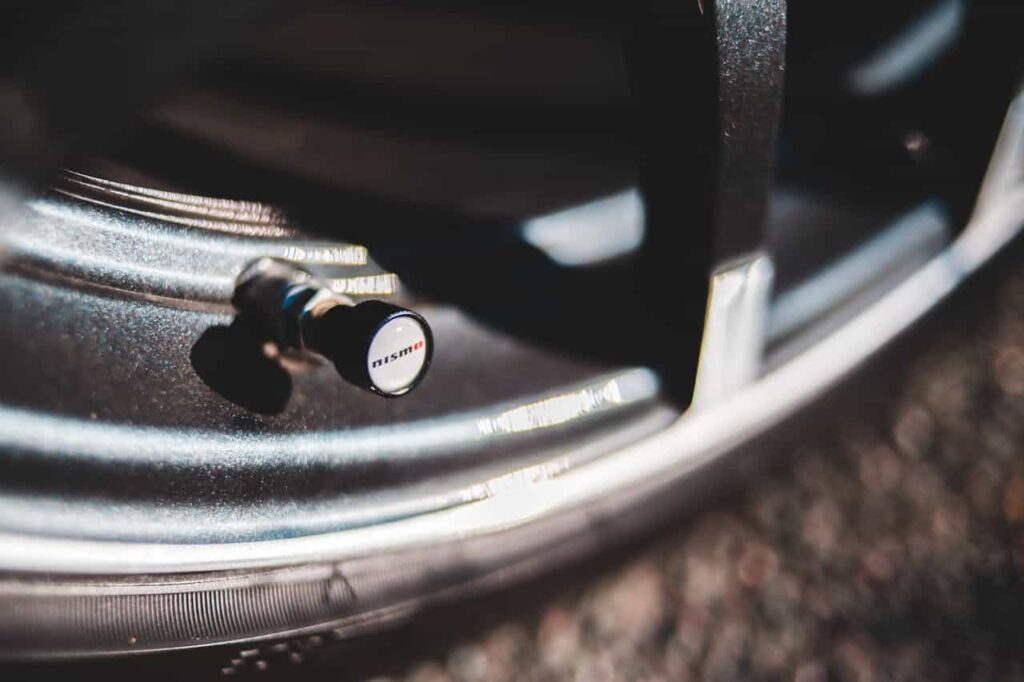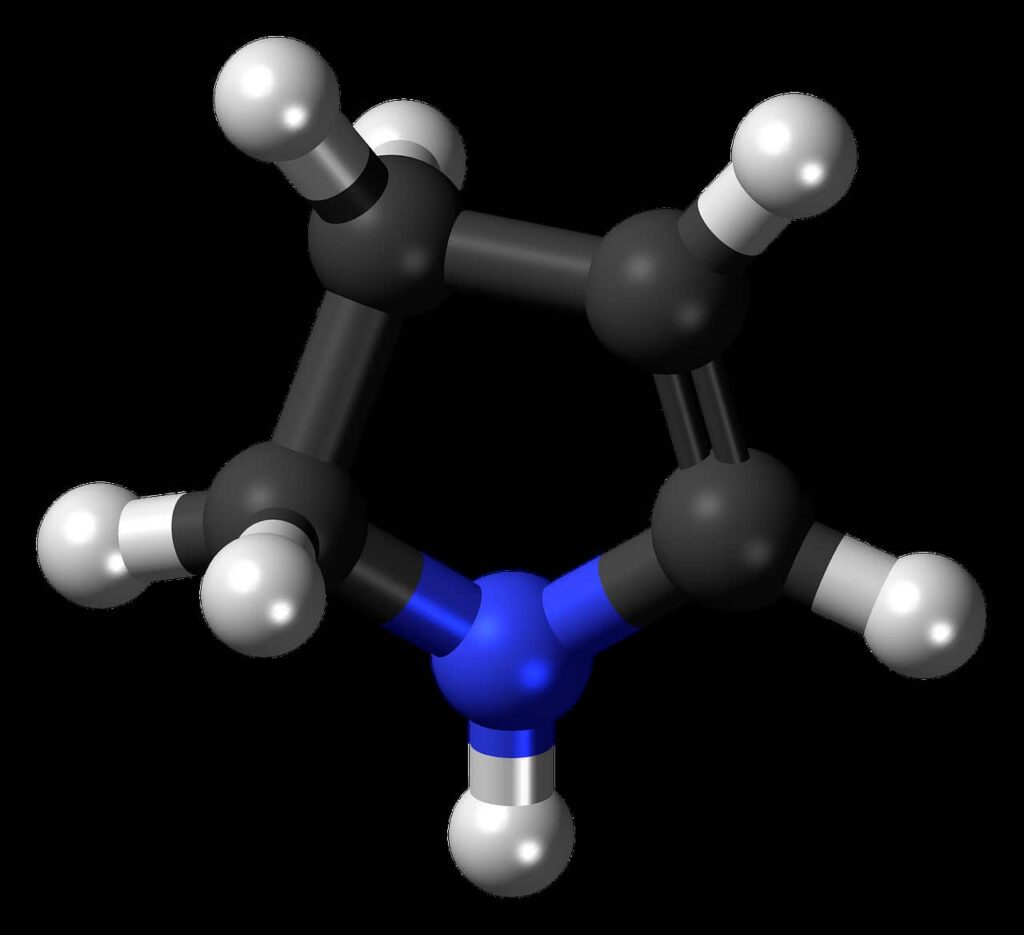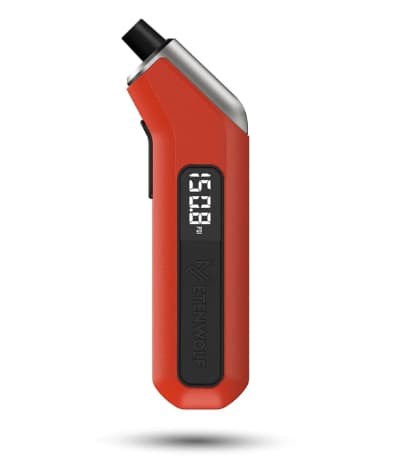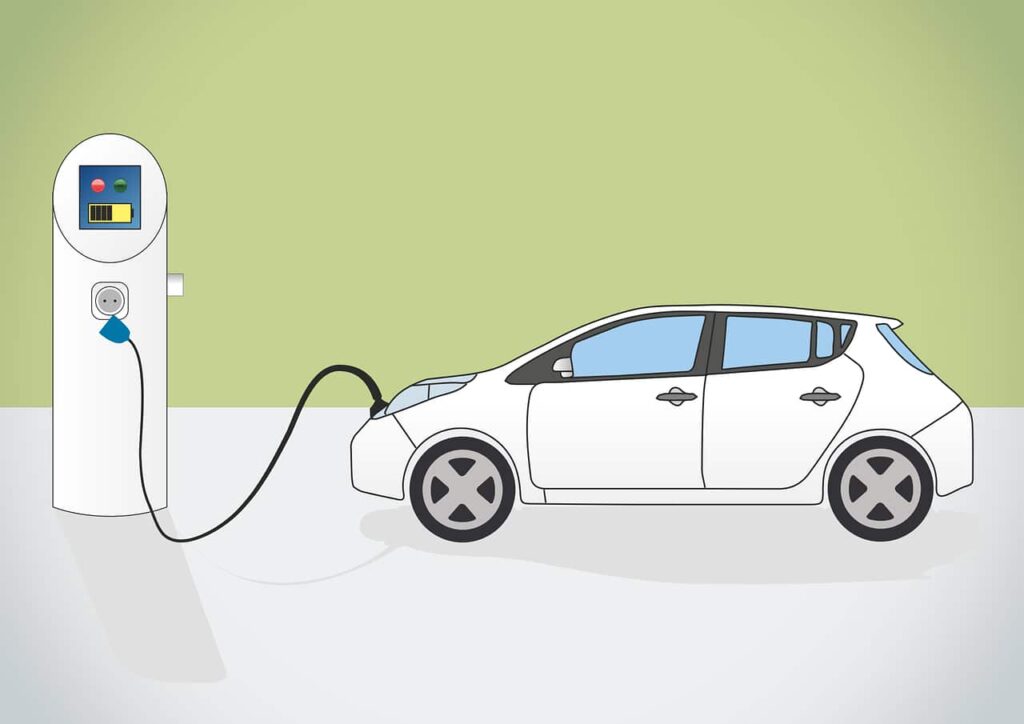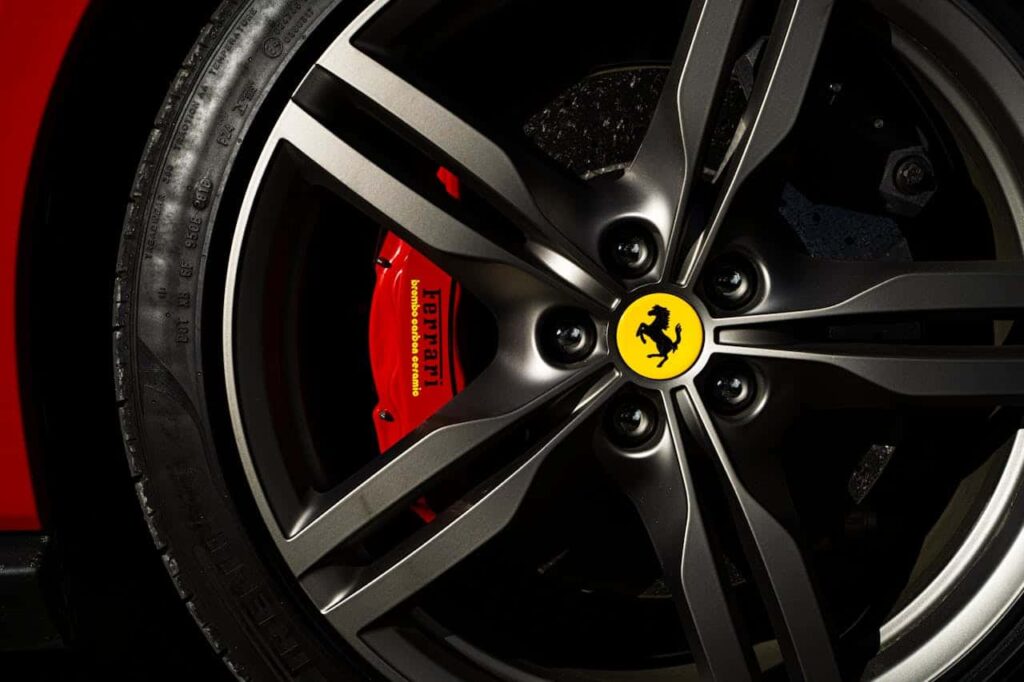In the world of automotive maintenance, the choice between using nitrogen or air to inflate tires has sparked considerable debate among drivers, mechanics, and enthusiasts alike. Nitrogen, a colorless, odorless gas that makes up about 78% of the Earth’s atmosphere, has been touted for its superior ability to maintain tire pressure, improve fuel efficiency, and reduce tire wear over time.
But what happens when you’re faced with a situation where nitrogen isn’t readily available, and you need to top off a nitrogen-filled tire with air?
Tires Filled With Nitrogen Vs. Air
When it comes to tire inflation, the air around us has been the traditional choice for decades. Comprised of approximately 78% nitrogen, 21% oxygen, and minor amounts of other gases, atmospheric air is readily available and cost-effective. However, the introduction of pure nitrogen into the automotive world has sparked a shift in how we view tire maintenance and performance.
Molecular Differences and Their Impact
Nitrogen molecules are larger than oxygen molecules, which is a key factor in why nitrogen-filled tires maintain pressure longer. This size difference means that nitrogen permeates through the tire walls more slowly than oxygen, leading to slower rates of pressure loss. Moreover, because nitrogen is less reactive than oxygen, it doesn’t contribute as much to the internal oxidation of the tire components, potentially extending the tire’s lifespan.
Historical and Current Use
Initially, nitrogen inflation was primarily used in aircraft tires and race cars, where even minor variations in tire pressure could have significant performance implications. Its use in commercial and passenger vehicles has grown, driven by the promise of more stable tire pressure, reduced tire wear, and better fuel efficiency.
Benefits of Pure Nitrogen Use
Stable Tire Pressure: With slower pressure loss, vehicles can maintain correct air pressure for longer periods, enhancing safety and performance.
Reduced Oxidation: Less oxidation of tire components means that tires can remain in better condition over time, potentially extending their service life.
Fuel Efficiency: Properly inflated tires reduce rolling resistance, which can lead to noticeable improvements in fuel economy.
Traditional Air Inflation
Despite the advantages of nitrogen, air remains a popular choice due to its accessibility and cost-effectiveness. Regular air-filled tires can perform admirably when maintained properly, with regular air pressure checks and adjustments to ensure they remain at the recommended PSI levels
What Are the Benefits of Nitrogen Filled Tires?
Tires filled with nitrogen have gained popularity for several compelling reasons. The unique properties of nitrogen offer several advantages over traditional air inflation, impacting everything from tire lifespan to overall vehicle performance. Here’s a closer look at these benefits:
1. Enhanced Tire Pressure Retention
One of the most significant advantages of nitrogen is its ability to maintain tire pressure for a longer period. Unlike normal air, which contains oxygen and moisture, nitrogen’s larger molecules escape more slowly through the tire’s permeable membrane. This slow escape rate means that tires remain at their optimal pressure level longer, reducing the need for frequent top-offs with an air pump and ensuring consistent tire performance and safety.
2. Improved Fuel Efficiency & EV Range
Properly inflated tires are crucial for maximizing a vehicle’s fuel efficiency. Under-inflated tires can increase rolling resistance, which requires more energy (fuel or electricity) to move the vehicle. By maintaining a stable pressure longer, tires inflated with nitrogen can help keep rolling resistance at its optimal level, leading to better fuel economy or EV range over time.
3. Reduced Tire Oxidation
Oxygen, especially when combined with moisture, can accelerate the oxidation and aging process of the tire’s internal components. Nitrogen, being an inert gas, reduces this oxidation process, potentially extending the life of the tire. This is particularly beneficial for drivers who keep their vehicles for long periods or cover high mileages, as it can lead to longer intervals between tire replacements.
4. Temperature Stability
Nitrogen is less susceptible to pressure changes with temperature fluctuations than air. This stability is crucial in maintaining consistent tire pressure across a wide range of temperatures, enhancing vehicle handling and safety.
5. Minimized Wheel Corrosion
Because nitrogen is drier than compressed air, it is less likely to cause corrosion on the wheels. Moisture in compressed air can lead to rust and corrosion on steel and aluminum wheels, while nitrogen’s lack of moisture helps protect against these issues.
Can You Mix Air and Nitrogen in Tires?
A pivotal concern for drivers who have opted for nitrogen tire inflation is whether it’s feasible or advisable to add regular air in a pinch. The short answer is yes, you can mix air and nitrogen in tires, but there are important factors to consider before doing so.
Technical Perspective on Gas Mixing
From a scientific standpoint, mixing nitrogen and air in tires isn’t harmful. The atmosphere we live in (and the air we traditionally use to inflate tires) is already about 78% nitrogen. Adding air to nitrogen-filled tires simply alters the percentage of nitrogen vs. oxygen and other gases inside the tire. However, the benefits of pure nitrogen are diminished as the purity level decreases with the addition of air.
Practical Advice for Drivers
In situations where nitrogen is not readily available, adding air to maintain proper tire pressure is preferable to driving on underinflated tires. Underinflation can lead to increased tire tread wear, reduced fuel efficiency, and compromised handling and safety. It’s crucial, however, to return to a service center or tire shop that offers nitrogen inflation to top off or refill the tires with pure nitrogen when possible.
Can You Put Air in a Tire Filled With Nitrogen?
Yes, but with caution. Here are some guidelines:
Prioritize Safety: Always maintain proper tire pressure, even if it means mixing gases.
Monitor Performance: After adding air, monitor your tire pressure and performance closely until you can reinflate with nitrogen.
Seek Nitrogen Refill: Aim to refill your tires with pure nitrogen at your earliest convenience to restore the optimal nitrogen purity level for maximum benefits.
Disadvantages of Nitrogen Filled Tires
While nitrogen inflation has its perks, there are also drawbacks to consider:
Cost and Availability: Nitrogen inflation can be more expensive and less accessible than air, especially in remote areas.
Diminishing Returns: For everyday drivers, the slight improvements in tire pressure retention and fuel efficiency/EV Range may not justify the extra cost and effort required for nitrogen inflation.
Misconceptions: Some drivers might overestimate the benefits of nitrogen, neglecting other important tire maintenance practices like regular checks and alignments.
Adding air to nitrogen-filled tires is a practical short-term solution to maintain proper tire pressure. However, to fully leverage the benefits of nitrogen inflation, it’s advisable to refill the tires with nitrogen when possible and continue regular tire maintenance practices.
FAQs About Nitrogen and Air in Tires
Can I switch back to air after using nitrogen?
Yes, you can switch back to air after using nitrogen in your tires without any adverse effects. The process is as straightforward as inflating your tires with air instead of nitrogen during your next tire service. However, remember that you’ll lose the specific benefits that nitrogen offers, such as reduced pressure loss and decreased oxidation.
Is nitrogen really worth the extra cost?
Whether nitrogen is worth the extra cost depends on your driving needs and habits. If you live in a very cold climate nitrogen will help prevent constant low tire pressure lights on the dashboard. For everyday driving the benefits of nitrogen such as slightly improved fuel efficiency and tire pressure retention may not justify the cost for all drivers. However, for those who prioritize these benefits or have high-performance vehicles, nitrogen can be a worthwhile investment.
Can I mix air and nitrogen in any tire type?
Yes, you can mix air and nitrogen in any tire type without causing damage. The critical factor is maintaining the correct tire pressure, not the proportion of nitrogen to air.
How do I find a service station that offers nitrogen?
Many tire service centers, dealerships, tire shops, and some gas stations offer nitrogen inflation services. For example, Costco has the option to use nitrogen when servicing your vehicle. Searching online for “nitrogen tire inflation near me” or inquiring at local automotive service providers can help you find a convenient location.
About the Author
STEFAN A.
Professional Automotive Technician – I am currently an automotive technician in New Jersey and have worked in private shops as well as dealerships. When I am not writing articles I am wrenching on race cars and driving radio controlled cars at the track!
Please note that this blog post contains Amazon affiliate links. This means that if you make a purchase through one of these links, we at TPMSRESET.COM may earn a small commission at no extra cost to you. We only recommend products that we personally use and believe in. Thank you for supporting us.
